5 Ways Farmers Go Green Every Day
March 12, 2023
By Ann Foster Thelen
It takes more than the “Luck of the Irish” to achieve excellence in environmental stewardship. Discover ways Iowa’s farmers are rooted in sustainability.
If March had a signature color, green would be a contender. With St. Patrick’s Day claiming the holiday spotlight of the month, those who are Irish – even just for a day – sport an emerald-inspired wardrobe. Celebrations abound in honor of the Irish culture, from shamrocks to dancing leprechauns to green beverages.
But green isn’t just for the Irish. The color has also become synonymous with a single word that resonates with people from all walks of life – sustainability. Perhaps no other group is more concerned about sustainability than farmers. With the land as their livelihood, taking care of the precious resources of the soil and water beneath our feet and the air around us is a commitment farmers across Iowa embrace.
Efforts rooted in long-term sustainability take more than the “Luck of the Irish.” It’s a commitment of passion, innovation and enduring stewardship. Farmers’ strides over the years of giving back to the environment in an effort to leave it even better than the previous generation are the epitome of sustainability.
To celebrate March’s signature theme, we’ve rounded up five examples of ways farmers “go green” every day of the year. To learn more throughout the year, follow the Iowa Food & Family Project on social media, read our newsletter and magazine, and engage with us at local events. When it comes to sustainability, it’s always on our menu of content!
Please note, by clicking the following links, you’ll be leaving a partially funded checkoff site.
1. Cows’ Superpower: Upcycling
Cows have a superpower, and it’s called upcycling. About 90% of what cattle eat can’t be digested by humans, making cows invaluable to a sustainable food system. Cattle consume plants that humans can’t digest and transform them into high-quality, nutrient-rich protein through their unique digestive system. In addition to the grasses they graze on for most of their lives, cattle can eat numerous other food byproducts. They can take items like brewers’ grains, pea pulp, beet tops and potato peelings and turn those products into nutritious beef.
Several innovative, eco-friendly solutions are taking root across Iowa, as crop and livestock farmers transform waste products into feed, fuel and fertilizer. In fact, a unique partnership between Hy-Vee and cattle producers transforms food scraps into “salads for cows.”
Feeding the produce scraps helps keep cattle in good condition and keeps thousands of pounds of material out of the landfill.
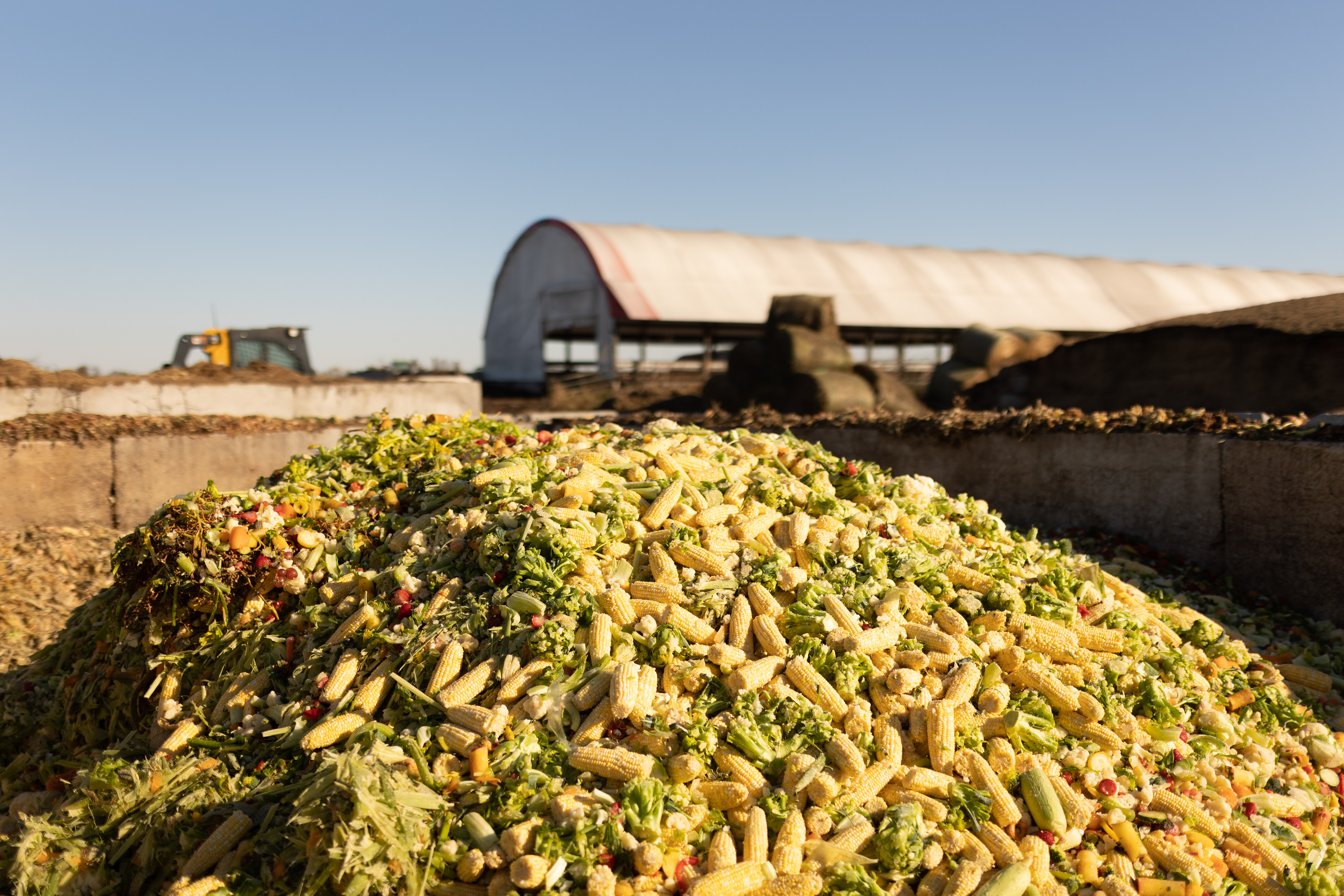
Meet three Iowa farmers who are redefining eco-friendly production.
2. Milking the Benefits of a Sustainable Approach
Dairy farmers have long shared a deep commitment to caring for their animals and the air, land and water. All food production comes with an environmental footprint, but sustainable farming works to minimize that footprint. Given how important dairy is to the American diet, producing dairy has a surprisingly small impact on the environment.
The dairy industry is only responsible for 2% of national greenhouse gas (GHG) emissions. But they aren’t stopping there – dairy’s goal is to achieve GHG neutrality by 2050. From decreasing emissions to improving water usage to utilizing manure, the U.S. dairy industry and its farmers are dedicated to conserving natural resources and becoming an environmental solution.
As of 2007, producing a gallon of milk used 90% less land and 65% less water, with a 63% smaller carbon footprint than in 1944. Thanks to increasingly modern and innovative dairy farming practices, the environmental impact of producing a gallon of milk in 2017 shrunk again significantly, requiring 30% less water, 21% less land and a 19% smaller carbon footprint than in 2007. That’s the same as the amount of carbon dioxide removed from the atmosphere by 500,000 acres of U.S. forest!
Dairy cows do their part to keep waste out of landfills, another way to help mitigate methane emissions. Every day, cows eat an estimated 26.5 pounds of things like cottonseed and distillers’ grains, and one-third of a cow’s diet – representing anywhere from 32 to 41 million metric tons nationally – consists of a byproduct from crop or food company production (think almond hulls or citrus peels). That’s another reason cows are an important part of the conversation regarding climate change.
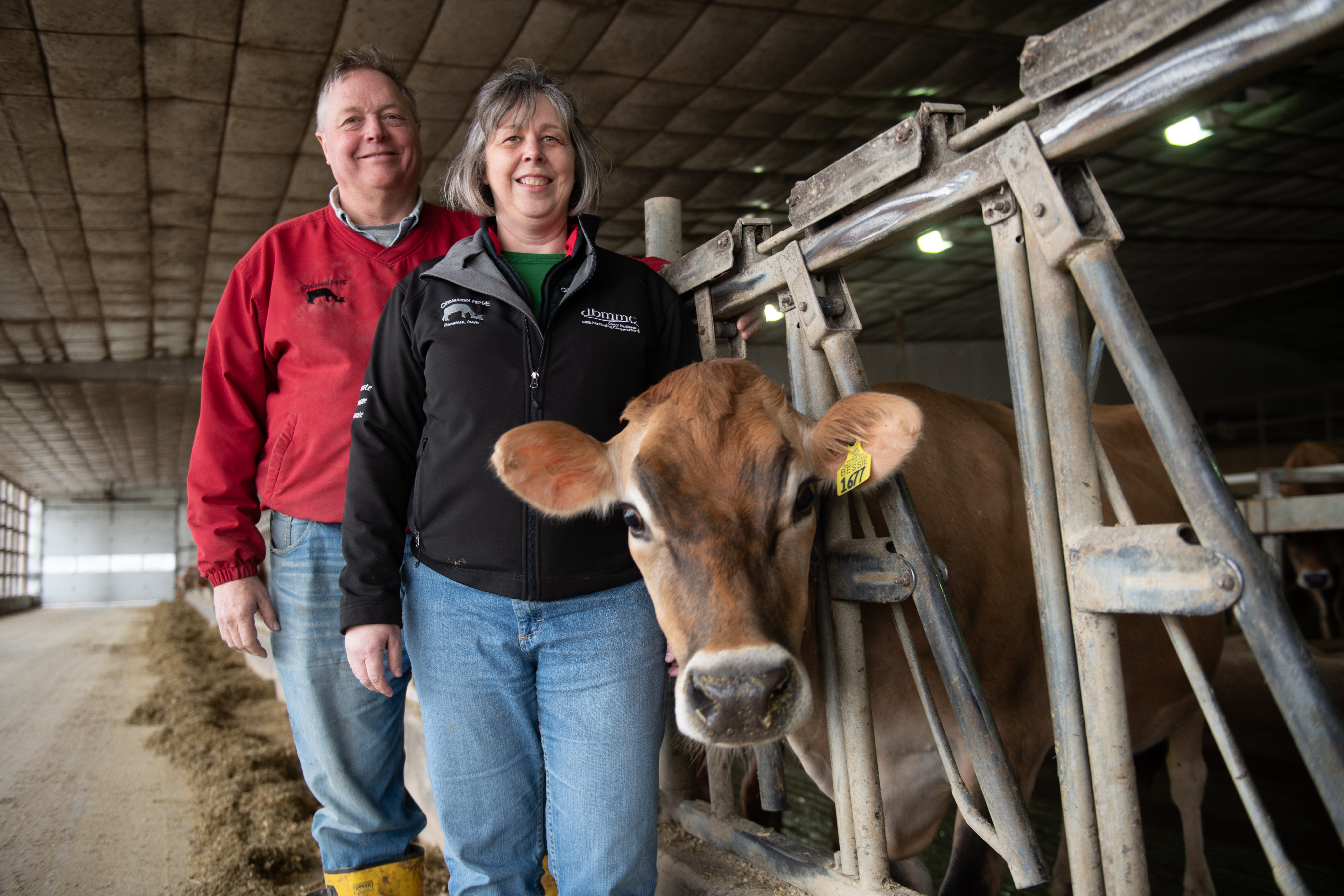
Meet John and Joan Maxwell, Iowa dairy farmers who work with a nutritionist to feed their Jersey cows unconventional food that would otherwise be destined for a landfill.
3. Less is More with the Land, Water and Energy
Sustainability is more than a buzzword for pork producers. It offers a focus on setting new goals and standards in their operations and consequently, the swine industry. For Iowa’s pig farmers, sustainability means doing what’s right for humans, animals and the environment. They do it by following their long-standing We Care® Ethical Principles and committing to continuous improvement in every area of pork production.
Since 1960, pig farmers have reduced their land, water and energy use by 75%, 25% and 7%, respectively, resulting in a nearly 8% smaller environmental footprint.
Manure management and cover crops are two essential components of sustainability for farmers. For example, pig manure is used as an organic fertilizer for crops. Then, crops – like soybeans and corn – are grown to feed the pigs. It’s a continuous circle of having little-to-no waste, making it an incredible definition of sustainability.
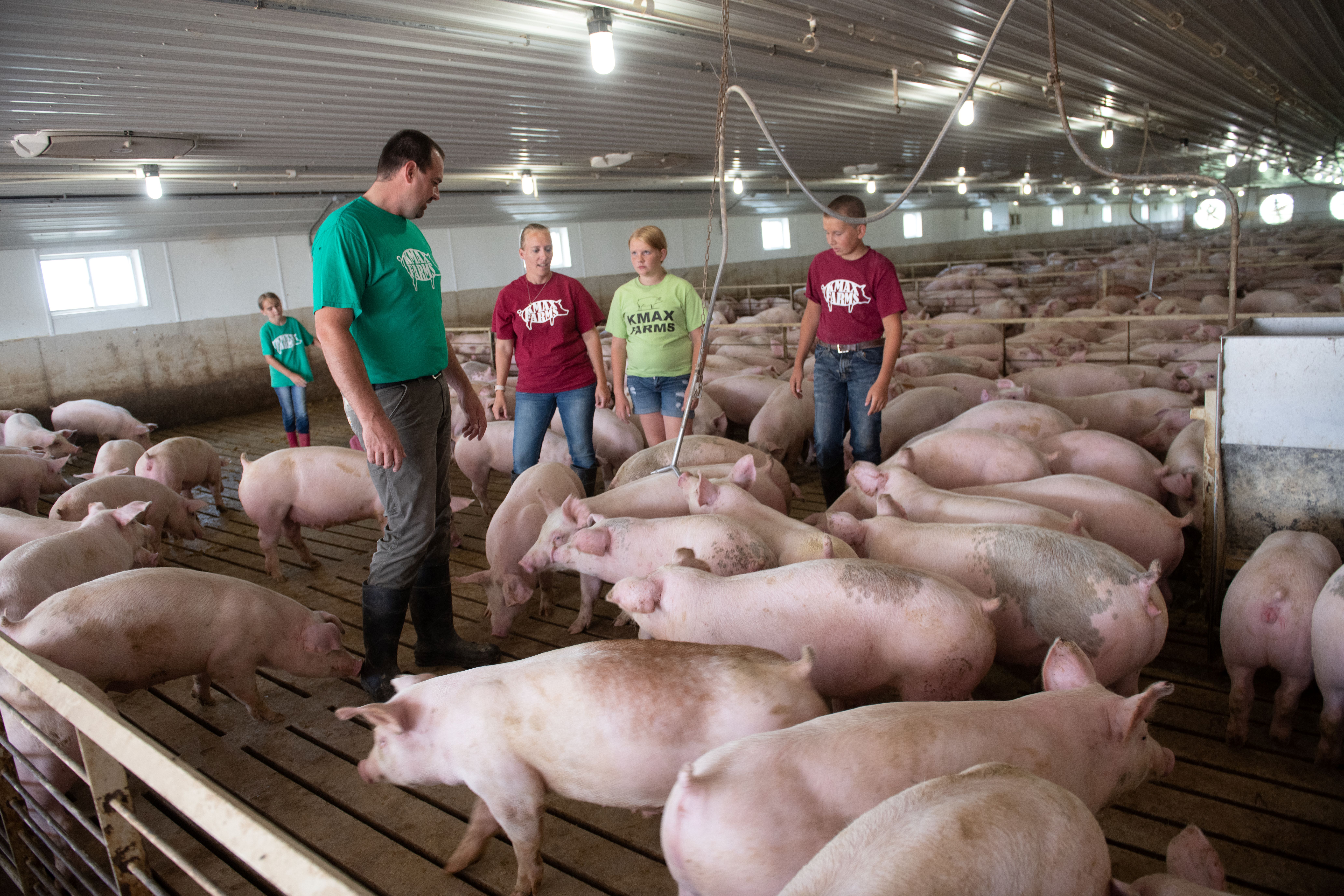
Meet Iowa pig farmer Trent Thiele and learn how sustainability efforts are constantly at work on his family’s farm.
4. Harvesting Homegrown Energy
Iowa farmers are harvesting large quantities of soybeans and corn (more than 500 million bushels of soybeans and 2 billion bushels of corn – or roughly 13% and 20% of the nation’s total, respectively). These important crops are converted into feed for livestock, food for humans and clean-burning fuel.
Consumers have been fueling up with clean-burning ethanol at the pump for decades. Made from a co-product of corn processing, Iowa leads the nation in ethanol production, creating nearly 30% of all U.S. ethanol.
Energy derived from soybeans may be lesser known by consumers. One example is biodiesel, a renewable, cleaner-burning diesel replacement that can be used in existing diesel engines without modification. Made from an increasingly diverse mix of resources such as recycled cooking oil, soybean oil and animal fats, it is categorized as an advanced biofuel.
According to Clean Fuels Alliance America, using biodiesel instead of petroleum-based fuels reduces greenhouse gas emissions by up to 86%. Biodiesel is burned by vehicles on land, rail and sea. The over-the-road commercial trucking industry is a significant user of biodiesel.
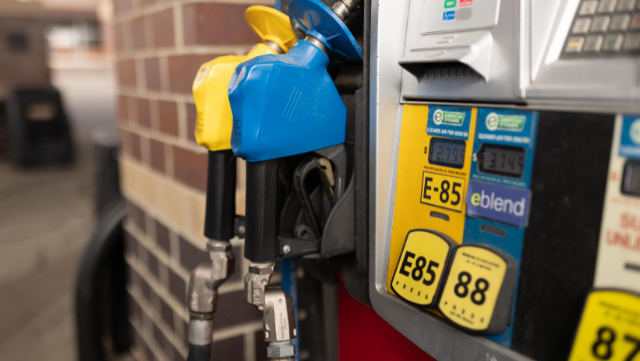
Read more about ways Iowans can reap the rewards of homegrown energy.
5. Tapping into Water Quality
A significant part of sustainable farming is an emphasis on clean water.
Having the safest, best-quality water for Iowa is important to farmers because their families – like every family – drink the water and enjoy using the state’s lakes, rivers and waterways.
Iowa’s corn and soybean farmers are committed to prioritizing water quality and soil health. A variety of annual and long-term conservation practices are used to help farmers maintain soil and water quality. Each farm is different, so various practices are implemented depending on the needs of each farm.
Many initiatives are in place to ensure Iowa’s water quality is a priority for farmers and other groups. One example is the Iowa Agricultural Water Alliance (IAWA). Created and funded by the Iowa Soybean Association, Iowa Corn Growers Association and Iowa Pork Producers Association, IAWA works to increase farmer awareness and adoption of science-based practices proven to have environmental benefits. IAWA takes specific actions in Iowa’s nine priority watersheds providing funding, outreach guidance, watershed planning and conservation expertise.
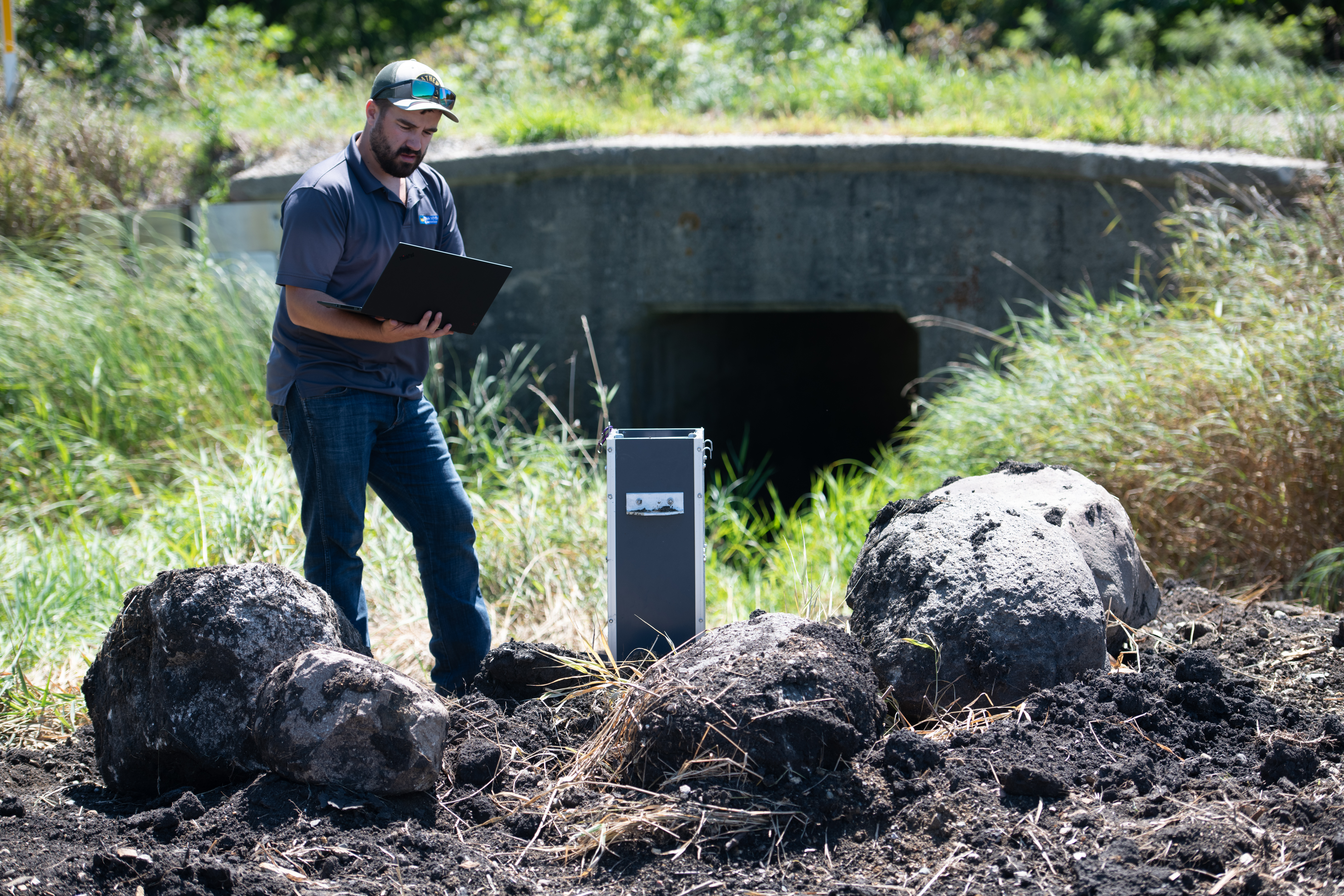
Read more about how Iowa farmers work to ensure clean water starts here.